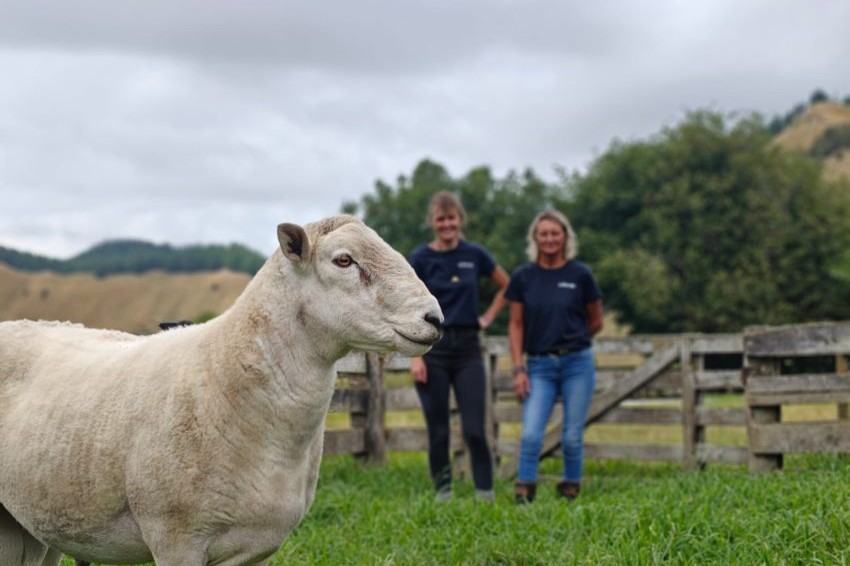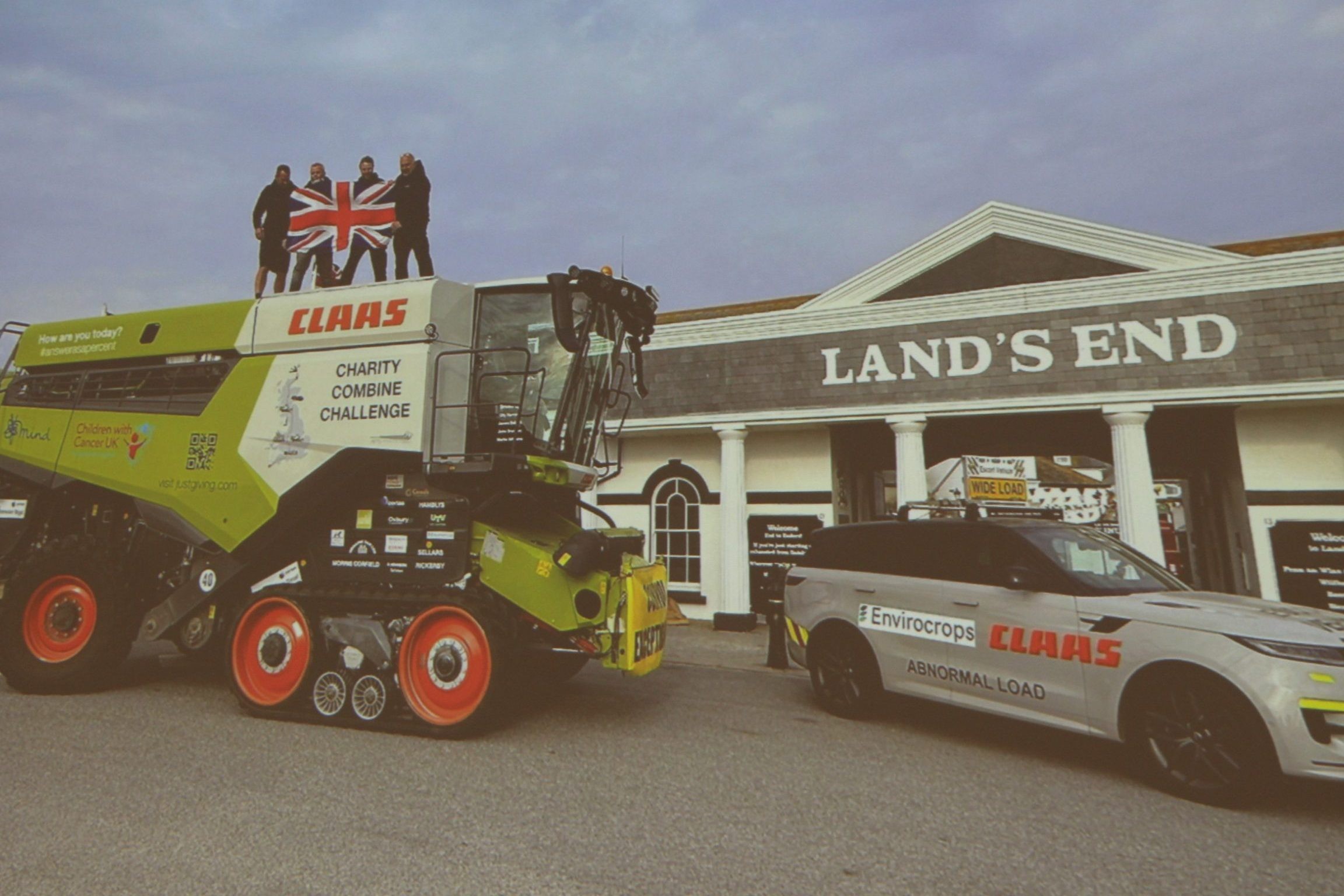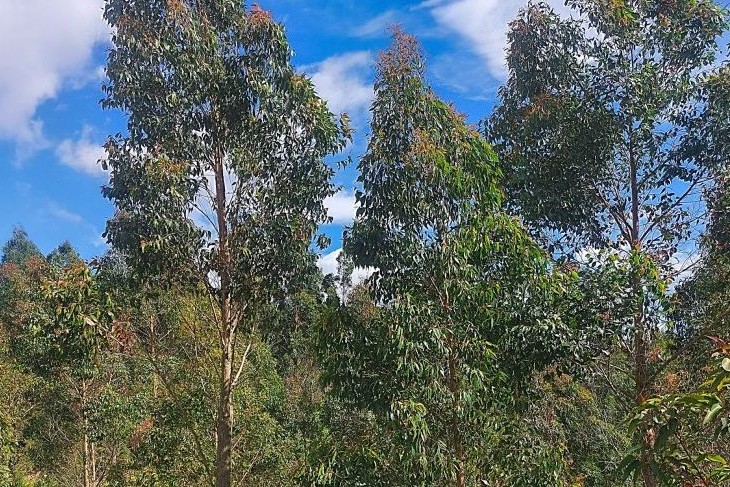By: Tom Ward
Andrew and Karen Simpson are known as entrepreneurial business people and farmers who are open and generous with their time.
Initially, when Andrew and his late brother Rex separated their farming interests, they each had two dry land Merino blocks in a district known for extremes of heat in the summer and cold in the winter. Andrew had no breeding cows because he decided they were too expensive to winter.
Subsequently, Andrew and Karen have developed a residential subdivision at Tekapo, including golf links, and tourist accommodation; a horse trekking business run by daughter-in-law Sarah; forestry; irrigation, and bought additional land. Their three children are involved in the business, either actively or passively, and the family has plans for future developments. Their son Sam now runs Balmoral Station.
Three-pronged strategy
The farm holdings comprise three properties: Mt John 3700ha, Balmoral 6000ha and Mt Hay 10,600ha. Mt John is freehold, the other two properties are pastoral lease.
Mt John and Balmoral, just to the west of Tekapo township, have been farmed jointly for many years as Balmoral Station. The Mt Hay property, located about 10km away, was bought in 2020 having been farmed by Rex’s family for many years, and is run separately.
Balmoral station’s 9700ha consists 2000ha over-sown tussock, 200ha cultivated dry land, 300ha under irrigation (and another 120ha consented for irrigation, which is still to be developed), and the balance (7200ha) in native tussock. Under irrigation, peas/oats and peas/barley are grown for silage, and rape/ryegrass for summer feed. Stock are wintered on turnips/grass, balage and swedes.
Mt Hay has 7100ha high country and 3500ha rolling dry land downs of which 1000ha has been over sown, and 100ha cultivated.
Stocking
Balmoral Station runs 3400 Merino ewes (including a small stud) and Mt Hay runs 1700 Merino ewes. All Balmoral lambs (3700) and 800 of the Mt Hay wether hoggets are wintered on Balmoral Station. Lambing percent is 120% overall on Balmoral Station with the mixed age ewes doing 135% and the 2-tooths 98%. On Mt Hay the lambing percent is 98%. There are plans to double the Mt Hay breeding ewes in time.
Wool weights on Balmoral Station are 5.6kg/ewe and 3.4kg/ewe hogget. On Mt Hay the weights are 5.0kg and 3.4kg respectively.
Cattle on Balmoral Station consist 170 breeding cows and replacements with steers fattened to 570kg liveweight at 18 months and supplied to Silver Fern Farms EQ programme.
Substantial forestry blocks
There are two substantial blocks of plantation forestry on Balmoral Station, 100ha east of the main road, and 350ha to the west. The station holds 1000ha of forestry consents and it is planned to plant another 200ha in trees.
Planting began on Balmoral Station on the 100ha block in 1994, with advice from Scion. Experiments were carried out with different forms of pinus: radiata, niagra, ponderosa and attenuata.
On the 350ha, 90% of plantings were initially Douglas Fir (Oregon) covering 200ha, and these trees are now aged between four and 22 years. For the last four years, radiata hybrids, being guadalupe X radiata and radiata X attenuata, have been planted. These have proven the best performers in a snow prone locality, in fact out performing the Douglas Firs.
Harvesting will start in 15 years and the harvesting plan is for 15ha to be cut each year yielding, it is hoped, 470 tonne/ha (Hybrids) to 700 tonne/ha (Douglas Fir). At $40/tonne, net of harvesting costs, and a 7000 to 10,000 tonne total production per year, net annual returns from the 15ha are expected to be between $280,000 and $420,000.
The Douglas Firs are on a 60-year rotation and the radiata hybrids on a 25-30 year rotation. Carbon is the only income for the first 40 years from the Douglas Firs and first 20 years from the hybrids. The plantations are accumulating 10,000 tonnes of carbon per year.
Andrew is looking to stay cashflow positive from the carbon trading. In 15 years he will have about 600ha of plantation forest, most of it in radiata hybrid. Assuming he cuts 15ha per year and plants the same amount:
| Carbon to relinquish
Sawtooth Method in emissions trading scheme (ETS). Cutting 15ha at 800t carbon/ha |
(12,000) |
| Carbon to accumulate
Forest of 600ha sequestering 42 tonne carbon/ha/year |
25,000 |
| Surplus Carbon per year | 13,000 |
The 42 tonne carbon sequestered per year is about two times the Ministry for Primary Industries (MPI) look-up tables for radiata hybrids, however the 42 tonne is based on the latest measured figure of 28 tonne/hectare, which is about twice the look up tables figure for forests of that age.
Based on MPI look-up tables, for yield and carbon accumulation, I have looked at the profitability of radiata hybrid and Douglas Fir on a typical very low fertility high country site. These are not Balmoral’s yields and the assumptions are summarised in Table 1.
| Species | Rotation (years) | Yield (T per ha) |
Profit (per T) |
Profit (per ha) |
Profit (per ha/yr*1) |
| Douglas Fir | 60 | 640 | $640 | $38,400 | $640 |
| Radiata hybrid | 28 | 400 | $40 | $16,000 | $436 |
Log prices are budgeted at $130/tonne (PF Olsen 3-year rolling average) for pinus hybrid and $150/tonne ($20 premium over pinus hybrid) for Douglas Fir.
I have also included, for radiata hybrid, a discounted cash flow, using a discount rate of 7%, illustrating the internal rate of return (IRR) and net present value (NPV) per hectare of forest. The carbon price used is $35/tonne (currently $38/tonne). Carbon credits are based on the Government’s proposed Averaging Method in which only the first 17 years are claimable, but none of the credits are redeemable on harvest.
With a small negative NPV, the No-Carbon option is showing a return less than the cost of capital at 7% (Table 2).
| Radiata hybrid (30 year) |
Average profit | IRR | NPV |
| With carbon trading | $665 | 13.54% | $864.05 |
| Without carbon trading |
$436 | 6.24% | ($442.96) |
This compares to quintile (five levels) gross margins for South Island high country farms from the Beef + Lamb New Zealand Economic Service Survey for 2018-19:
- Top quintile $225/ha/year
- Bottom quintile $65/ha/year
- Balmoral Station $95/ha/year
• Tom Ward is a South Canterbury-based farm consultant 027 855 7799, tfward@xtra.co.nz





